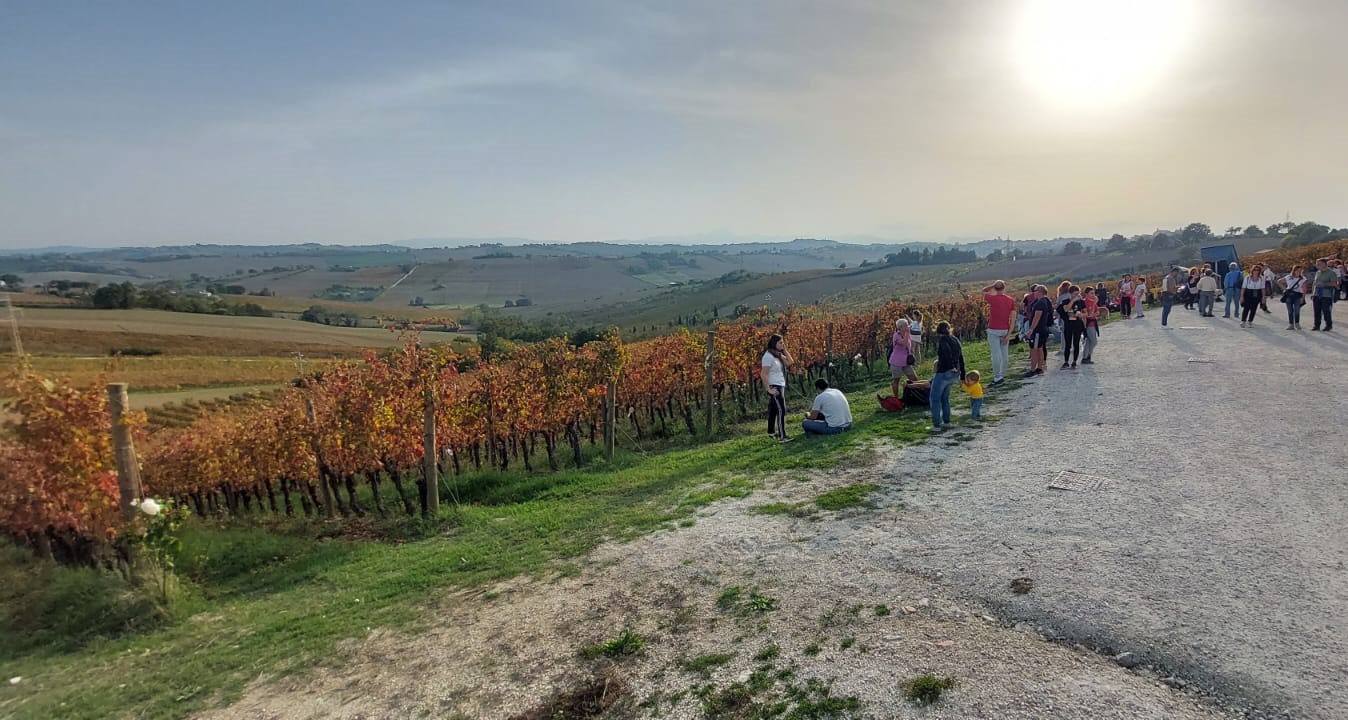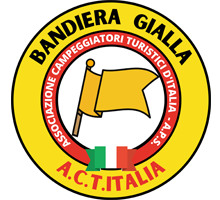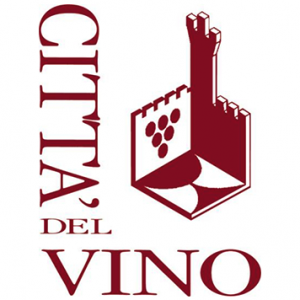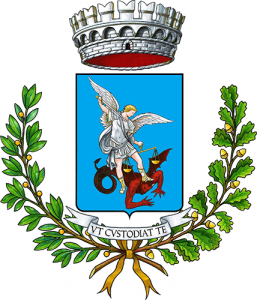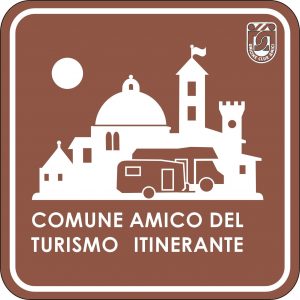Morro D’Alba
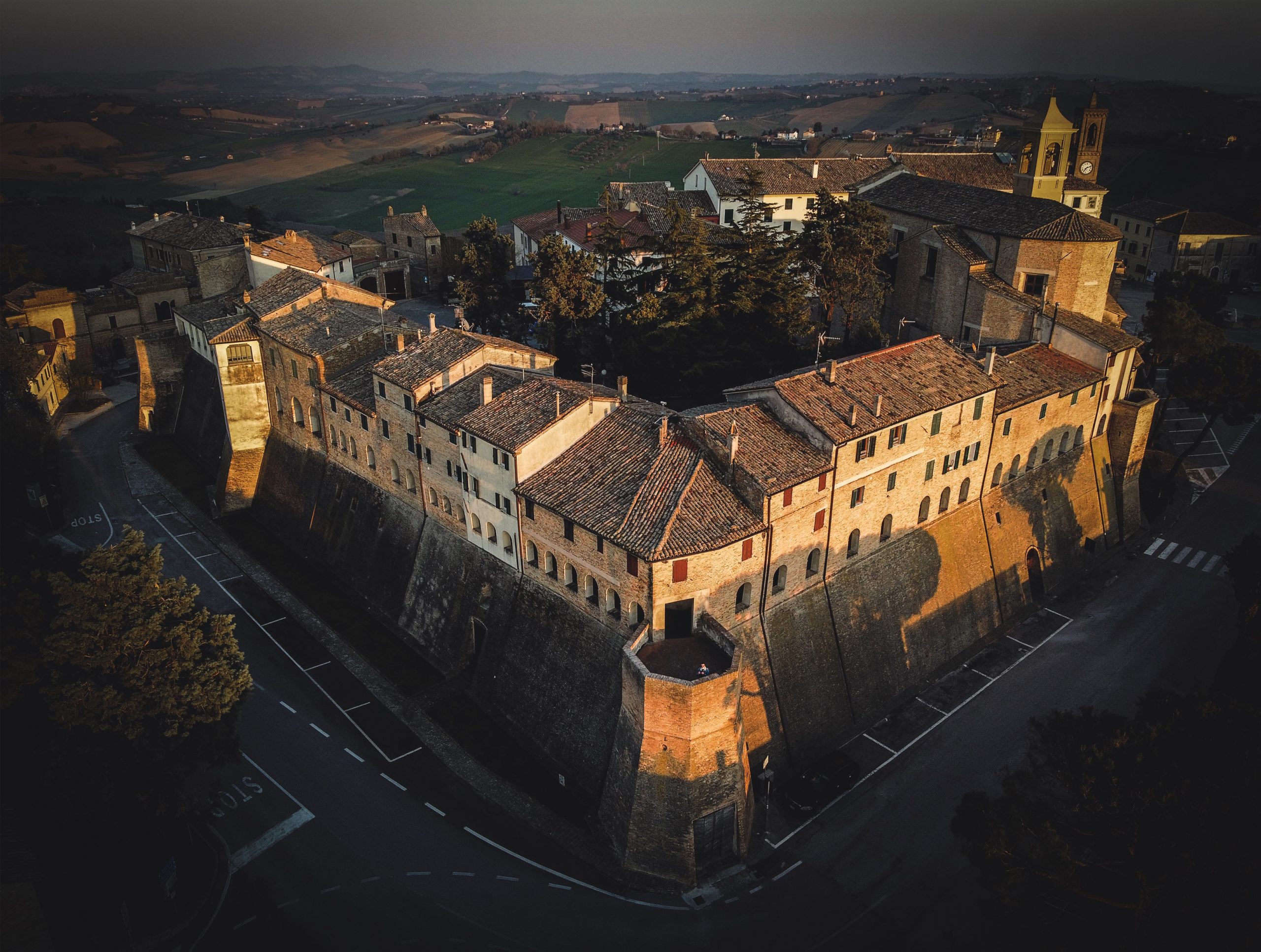
Details
Located 10 km from the sea, on a hill among the rolling crests between Senigallia and Jesi, the Castle of Morro d’Alba rises above and dominates the surrounding fertile territory.
The strategic importance of its position shaped the history of the small village for several centuries. On the hill of Sant’Amico, in the area of Morro d’Alba, remains of several Roman villas have been found.
At that time, the settlement had developed around a water spring called the “Fonte del Re” (King’s Spring), and in a nearby tomb, a golden medallion depicting the face of King Theodoric was discovered in 1894.
The origins of Morro d’Alba are very ancient, although its historical existence is documented only around the year 1000, when it appears as “Curtis” in an imperial act by Frederick I (Barbarossa).
Morro is mentioned as “Castrum” in a 1213 document, when Senigallia was forced to cede it to the neighboring town of Jesi.
In 1326, it was besieged by the militias of Fabriano, and in 1365 the walls had to be rebuilt, possibly due to damage from an incursion by the bandits of the “Compagnia Maledicta” led by Fra’ Moriale. For short periods, Morro came under the control of the Malatesta of Rimini, eager to expand their domains; it suffered several raids by the people of Ancona in 1481 and the following years, and in 1517 it was plundered by Francesco Maria della Rovere.
Only in 1808, under the Napoleonic Kingdom, was Morro definitively separated from Jesi. In 1860, with the unification of Italy, Morro became part of the province of Ancona. This event led, in 1862, to the addition of the term “Alba” to the town’s name, to avoid confusion with other locations in the Kingdom.
Today, Morro d’Alba preserves numerous testimonies of its past: the city walls, the walkway “La Scarpa”, the underground tunnels, the Utensilia Museum, the Town Hall, the churches, and more.
The Palace of the Municipal Residence, built in the 18th century and expanded and modified at the beginning of the 20th century, houses various works of art, including an altarpiece by Claudio Ridolfi, a painter of Venetian origin active mainly in the Marche, depicting “The Coronation of the Virgin and Saints”, and a 17th-century canvas of Saint Michael the Archangel, once located in small local churches.
In the Parish Church of San Gaudenzio, located within the city walls and completed in the 1770s, several notable works are also preserved, including “Crucifixion with Saints” by Ercole Ramazzani (1596) and a 1922 canvas by the Roman painter Silvio Galimberti, depicting Saint Michael the Archangel, protector of the town, in the center, flanked by Saint Roch, Saint Francis, Saint Philip, and Saint Maurice.
The church of the Most Holy Annunciation, no longer used for worship and also known as Santa Teleucania, was built in 1670. A careful restoration completed in 1997 transformed the upper hall, formerly dedicated to worship, into an auditorium and conference hall, while the underground rooms were adapted to host exhibitions.
Also worth visiting in Morro d’Alba is the Utensilia Museum, now located in the castle’s underground tunnels. This museum of peasant culture houses eight rooms with a curated collection of traditional work tools, testifying to the self-sufficiency of rural life. Plows, looms, sieves, carts, barrels, ladders, scythes, presses, and other instruments were crafted by peasant families during long winter evenings, with the blacksmith contributing only the metal parts.
Medium
Morro d’Alba is a village with very ancient origins, located at an altitude of 199 meters, between the cities of Senigallia and Jesi. The toponym “Morro” likely derives from the term murr, meaning hill or rock, highlighting its particularly panoramic location.
Of particular interest is the pentagonal city wall, composed of tall rampart curtains that enclose the Historic Village, whose unique feature is the Camminamento di Ronda (300 meters), almost entirely covered, known as “La Scarpa,” dating back to the first half of the 17th century. The walkway, unique in Italy and Europe, remains a singular and evocative urban route, defined on one side by a long series of evenly spaced window openings. These allow visitors, while strolling along the covered perimeter of the village, to enjoy views of the surrounding countryside, from the Sibillini Mountains to Monte Conero and the sea, observing the gently rolling hills typical of the Marche region. Walking along the Camminamento leads to panoramic towers of medieval origin, open to the sky, offering expanded views of the surrounding countryside.
The towers marking the castle perimeter bear names linked to local history or elements of the village’s historical and artistic heritage.
The flagship product of the territory is the Lacrima di Morro d’Alba DOC wine, made from the native Lacrima grape, possibly known since Roman times and, according to legend, appreciated by Frederick Barbarossa. Its name comes from the distinctive drop (lacrima) that emerges from the grape cluster at ripeness. Lacrima wine is also used in preparing typical local dishes. The area is also renowned for producing Verdicchio Classico DOC dei Castelli di Jesi and Rosso Piceno DOC wines.
Along the Camminamento di Ronda, entrances to private and public premises can be seen, including the new public wine shop (Enoteca) and the medieval castle’s undergrounds, recently renovated, from which part of the dense network of tunnels forming an actual subterranean village can be observed. The same underground area houses the Utensilia Museum, featuring a curated collection of tools from the sharecropping culture and a permanent exhibition of photos by the master photographer Mario Giacomelli.
In the main square at the village entrance, beyond the gateway arch, stands the 18th-century town hall (built 1763–1775), housing various artworks, including an altarpiece by Claudio Ridolfi depicting the Coronation of the Virgin and other saints, including Saint Michael, the village’s patron, recently restored through an Art Bonus project. Opposite the town hall is the 18th-century Church of San Gaudenzio (1763), also recently restored, revealing important artistic features and housing a 1596 altarpiece by Ercole Ramazzani (a pupil of Lorenzo Lotto) and the remains of Saint Teleucania.
Around the village walls, visitors can walk along the path that originally followed the moat (now Via Morganti), offering an external view of the homogeneous village and allowing observation of the metal rings still attached to the castle walls, which were historically used to tie livestock during fairs, highlighting the close link between the urban core and surrounding countryside.
The external walk also offers views of the civic tower with its clock, which retains features reflecting historical subordination to nearby Jesi, marked by the 1504 bas-relief of the rampant lion, symbol of Frederick II, who was born in that city. Outside the village stands the prestigious Auditorium of Santa Teleucania (1670), used for conferences and exhibitions. Nearby, in Piazza Tarsetti, there is a fountain featuring a graffito by Enzo Cucchi, a leading figure of the Transavanguardia movement, born in Morro d’Alba.
In 2023, four light design installations were placed in the historic village to highlight its most significant historical and artistic elements, and the lighting system of the castle walls was entirely updated. All installations use LED lights to minimize energy consumption, making the village particularly enchanting and enjoyable for evening visits, accompanied by background music.
The Historic Village and the Camminamento di Ronda are commonly used for festivals and cultural events, attracting tourists. These include:
-
Cantamaggio (third weekend of May), reviving ancient ritual folk songs, captured by photographer Mario Giacomelli in a permanent exhibition in the castle’s underground Utensilia Museum;
-
The Lacrima Literary and Art Festival, dedicated to noir literature (June);
-
The Lacrima Wine Festival, celebrating the territory’s flagship product through art and culture, involving the wineries of the Lacrima DOC area (June);
-
The established Calici di Stelle event (August 10), engaging recognized Wine Cities;
-
The Autumn Market Festa del Lacrima di Morro d’Alba e Tartufo di Acqualagna (third weekend of October), pairing wine and truffle in traditional and innovative dishes in the village squares;
-
The Green Loop Festival, promoting circular economy through art, workshops, and performances, particularly for young people;
-
Concerti al Tramonto and Borgo dell’Amore (February), using “La Scarpa” as a romantic setting;
-
Dantedì celebrations (March 25), Pergolesi Spontini Festival events (September), and International Wine Tourism Day (November), promoting year-round awareness of the territory.
Morro d’Alba belongs to several municipal networks. It has been part of the Città del Vino network for many years, received the Green Flag and Yellow Flag for itinerant tourism, and is recognized as a municipality friendly to traveling tourists. In 2022, it earned the title of Città che legge, promoting reading through local initiatives, and in 2023 received a national award for participation in the Maggio dei Libri project, engaging local schools and the communal retirement home. Since 2019, it has been part of the Borghi più Belli d’Italia and Borghi più Belli d’Italia nelle Marche associations.
Since 2001, the Borghi più Belli d’Italia association, supported by ANCI’s Tourism Committee, has aimed to enhance the traditions, history, and culture of small Italian towns, often overlooked and outside major tourist routes, to combat depopulation. Its goal is to rediscover the beauty of small towns, valorize architectural, cultural, and artistic aspects, and create opportunities for people to live, visit, and work in these towns in a sustainable and responsible way.
To join the network and use its brand, municipalities must meet quality standards set by the Association’s Charter and Regulations, serving as exemplary models while carrying out projects for the recovery, enhancement, and promotion of local heritage, services, and economic development.
For this purpose, the #BorgoShopping project was created to revitalize the village’s economic and social fabric, particularly the competitiveness of Morro d’Alba’s historic center, through the development of a Centro Commerciale Naturale—an aggregation of small local businesses forming a cohesive shopping network.
Tourism increasingly favors a “slow” approach, away from crowded and exclusive destinations. Small, peaceful locations allow visitors to combine shopping with cultural and touristic experiences. This perfectly suits Morro d’Alba’s Centro Commerciale Naturale, increasingly successful in Italy and supported by the Marche Region.
Local businesses actively participate in cultural initiatives, expanding offerings from shop or winery purchases to sensory, cultural, and touristic experiences, such as musical walks with landscape views or sunset toasts.
The project aims to unite village businesses and surrounding activities into a single network with a coordinated image, from the website (featuring a dedicated page for each merchant) to social media. The Facebook and Instagram accounts Morro d’Alba Borgo Shopping promote participating businesses, highlighting their news and promotions to both residents and tourists.
Morro d'Alba, with Roman origins, became a Curtis in the Middle Ages, came under the authority of Jesi in 1213, and gained autonomy only in 1808.
Morro d'Alba boasts very ancient origins, with evidence of settlements dating back to Roman times, as demonstrated by a gold medallion bearing the inscription “Theodoricus pius princeps invictus semper”, discovered in a tomb in Sant'Amico and now preserved in the Museum of the Roman Baths in Rome. The first historical reference dates back to the year 1000, when it is mentioned as a Curtis in a document issued by Frederick I. The name of the village seems to derive from a boundary marker (mora) located on a hill (alba), which marked the border between the territories of Jesi and Senigallia.
In 1213 it is mentioned as a Castrum when Senigallia ceded it to Jesi, thus becoming part of the Respublica Aesina and sharing its historical events. In 1326 it was besieged by the militias of Fabriano, while in 1365 its walls were rebuilt, probably due to the raids of the bandits of the “Compagnia Maledicta” led by Fra Moriale. In 1481 it suffered new attacks from the people of Ancona.
Under Napoleonic rule, in 1808 Morro d'Alba definitively separated from Jesi and, with the Unification of Italy in 1860, became part of the province of Ancona. In 1862, to avoid confusion with other places bearing the same name, “Alba” was added to the original name.
The town is the birthplace of the painter Enzo Cucchi, a leading figure of the Transavanguardia movement, born on November 14, 1949. In 2016, in a consultative referendum, the citizens of Morro d'Alba rejected the proposed merger with Senigallia.



